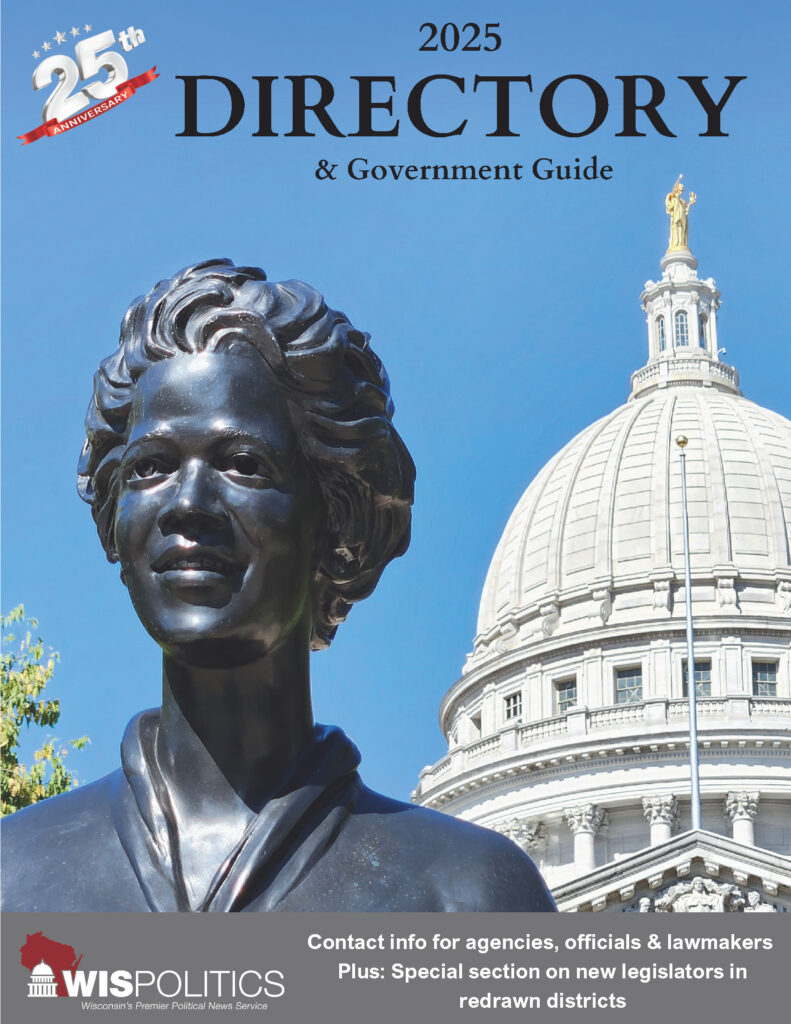The column below reflects the views of the author, and these opinions are neither endorsed nor supported by WisOpinion.com.
On Jimmy Carter’s second visit to Oslo in 1996, where I was President Clinton's ambassador, the two of us were in the VIP room of the airport waiting for his departure time. It was just a separate room with bad lighting and a coffee vending machine. The Dalai Lama walked in. ...
Please log in to access subscriber content.
If you don't have a subscription, please contact schmies@wispolitics.com for subscription options on the WisPolitics-State Affairs platform, which is the new home for WisPolitics subscriber products.

